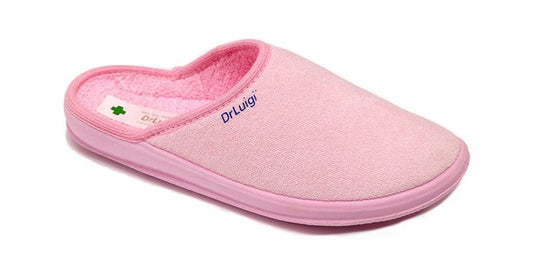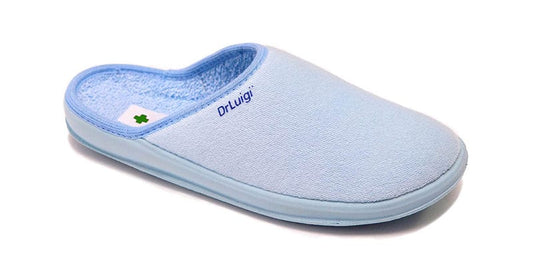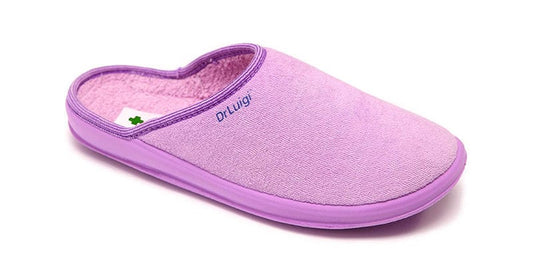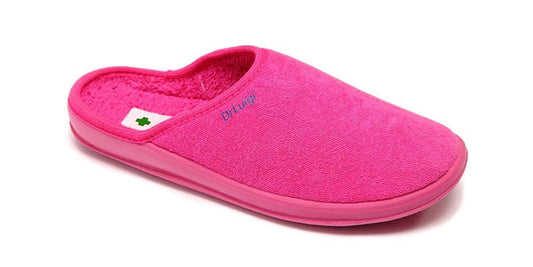The height of the arch has no effect on how well a foot can function, therefore a flat or low-arched foot is not seen as odd. Concern should be expressed if a foot rolls in significantly with the majority of the weight crossing the inside boundary.
In extreme circumstances where the foot's improper alignment results in discomfort or weariness or has a significant likelihood of doing so, surgical intervention is necessary. They are regarded as having pathological flat feet. A combination of muscle-stretching exercises, orthoses (shoe inserts), braces, and supportive footwear works effectively for the majority of these instances. Surgery might be an option if the patient doesn't improve with conservative care.
Pathological flatfoot instances
- Tendon injuries that are congenital (present at birth), often tibialis posterior (on the inside of the ankle)
- Musculoskeletal and neurological disorders
- Hypermobile joints
- erroneous fusion of two bones, resulting in a stiff, flat foot
- inflammation in the joints (e.g. rheumatoid arthritis)
- injury or trauma
Flat foot types
- Flexible
When a person is sitting with their weight off their foot, the foot normally straightens itself out when they are standing. It can be moved manually into a more advantageous position.
- Rigid
Whether or not the person is weight bearing when standing, the foot stays in an improper position. It can't be bent manually into a straight posture.
Diagnosis
After examining the foot, the diagnosis is made. In some circumstances, additional tests like X-rays, ultrasounds, MRIs, or CT scans may be necessary.
Options for therapy Conservative treatment
The vast majority of patients discover that non-surgical treatments allow them to effectively manage their symptoms. Shoes are a crucial component. The right shoe is essential, with the right width, depth, and support to keep the foot in place (laced up). Your problem's ideal shoe will be suggested to you. Avoid wearing flexible shoes. The other non-surgical treatments are unlikely to be long-term successful if improper footwear is worn.
The following options are frequently combined:
- Special medical DrLuigi shoes
- Ice packs
- Injections of the painkilling drug cortisone in addition to the aforementioned therapies
- Physiotherapy and calf- and hamstring-stretching exercises





